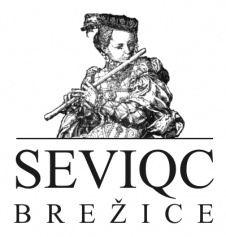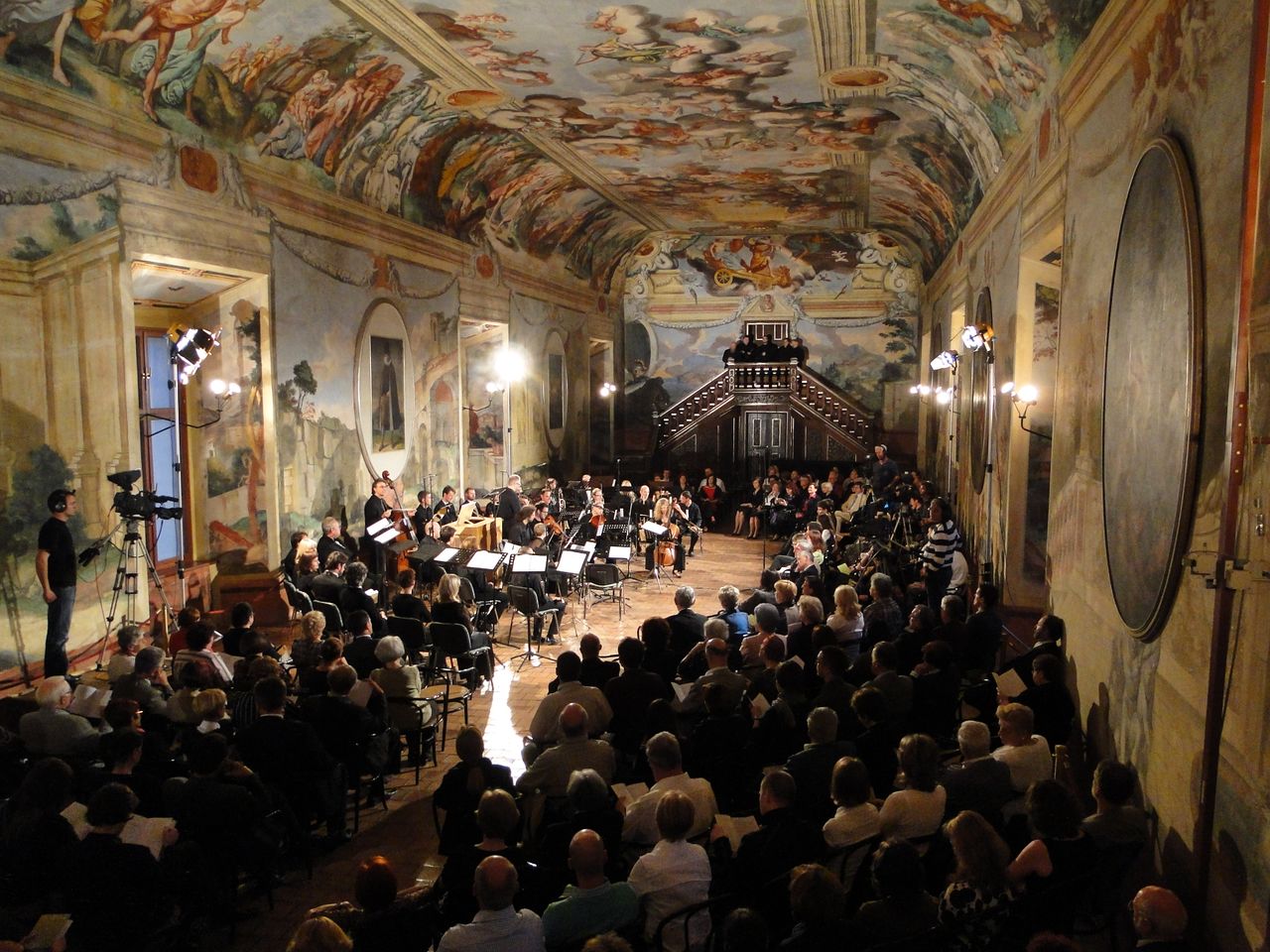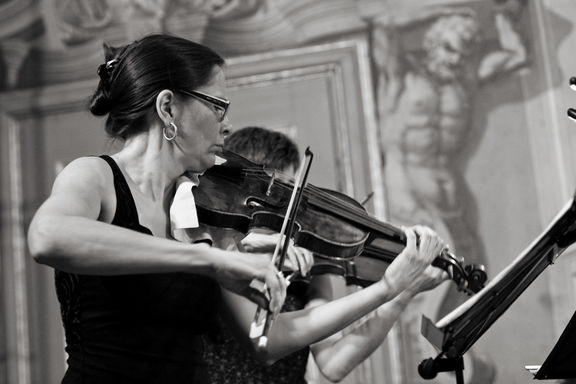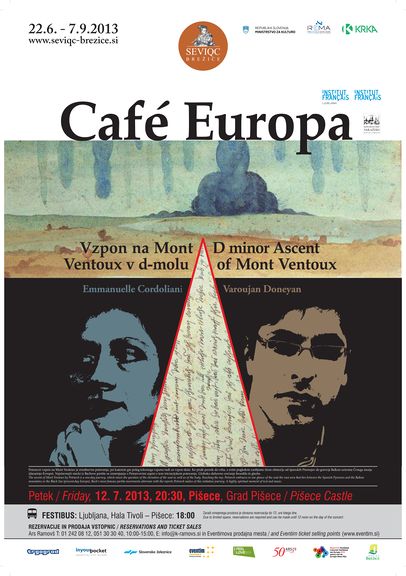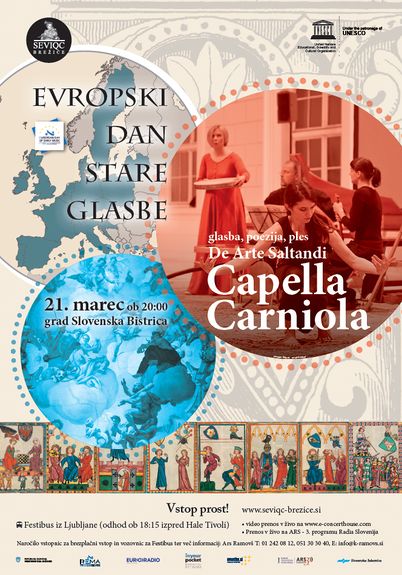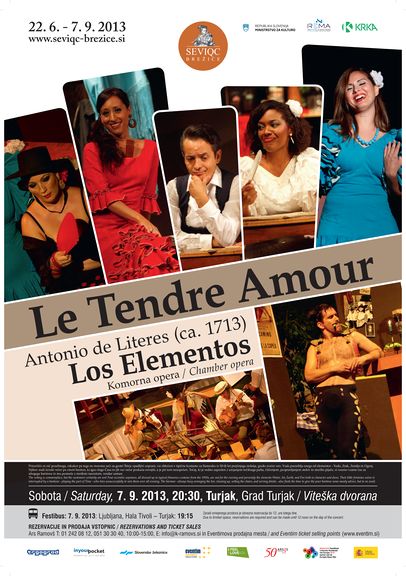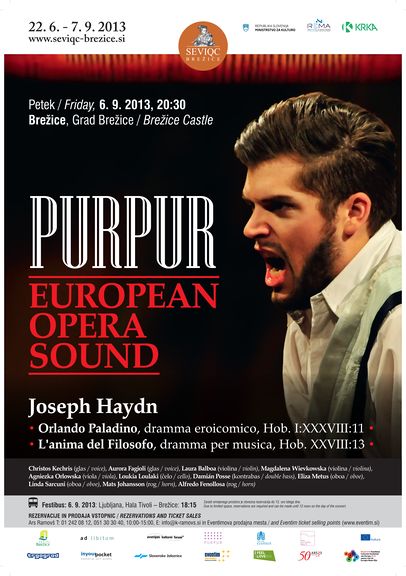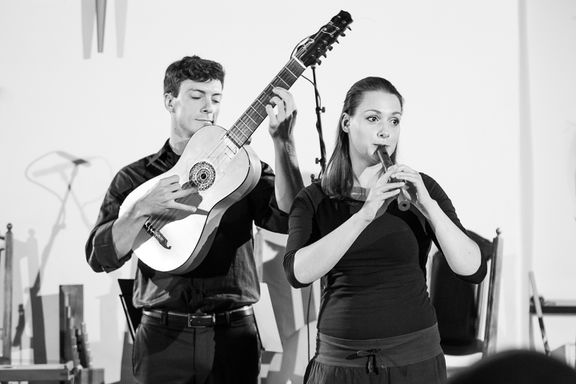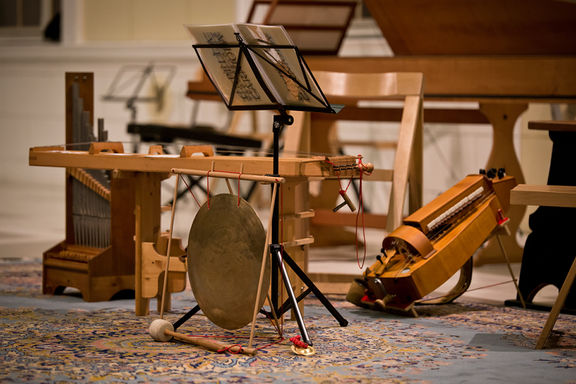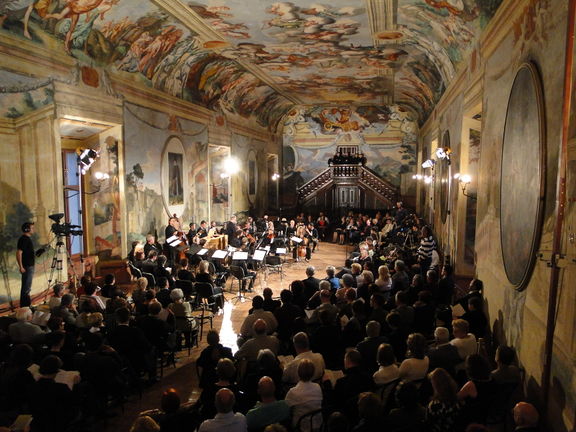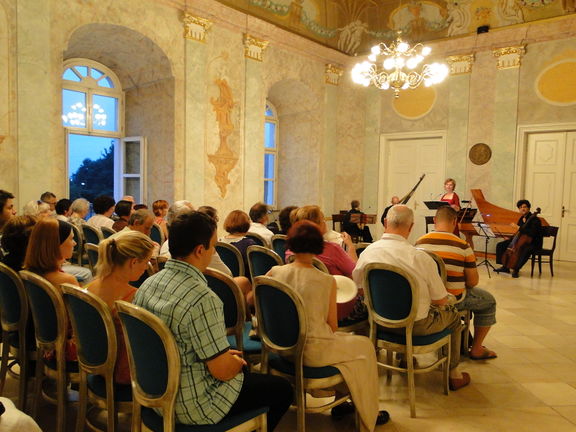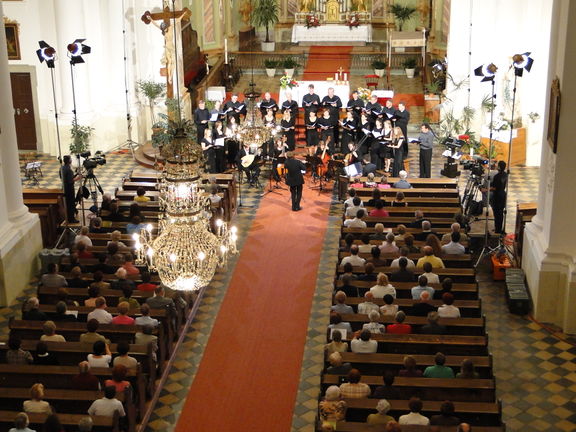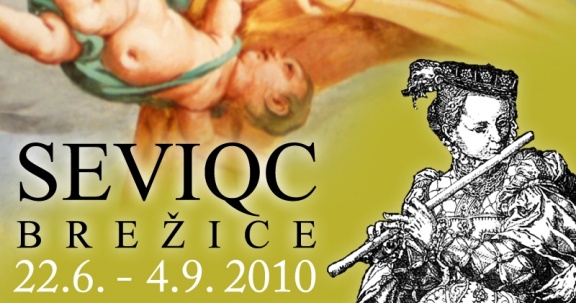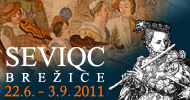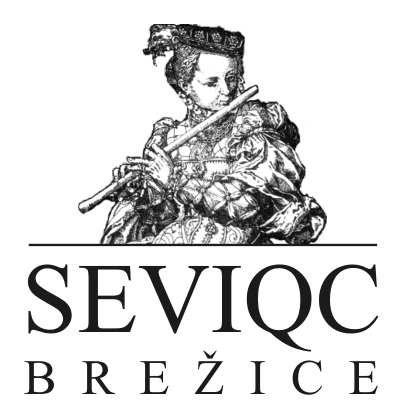Difference between revisions of "Seviqc"
(→Venues) |
(dates 2021) |
||
| Line 15: | Line 15: | ||
|dates and duration = June - September (mostly July - August) | |dates and duration = June - September (mostly July - August) | ||
|duration weeks = 25,26,27,28,29,30,31,32,33,34,35 (2012) 13,25,26,27,28,29,30,31,32,33,34,35,36,39,44 (2013) 25,26,27,28,29,30,31,32,33,34,35,36 (2014) | |duration weeks = 25,26,27,28,29,30,31,32,33,34,35 (2012) 13,25,26,27,28,29,30,31,32,33,34,35,36,39,44 (2013) 25,26,27,28,29,30,31,32,33,34,35,36 (2014) | ||
| − | |festival dates = 22.6.2015 - 11.11.2015, 22.6.2016 - 29.10.2016, 21.3.2017, 10.7.2017 - 1.12.2017, 20.6.2018 - 25.8.2018, 14.8.2019 - 24.8.2019, 8.8.2020 - 22.8.2020 | + | |festival dates = 22.6.2015 - 11.11.2015, 22.6.2016 - 29.10.2016, 21.3.2017, 10.7.2017 - 1.12.2017, 20.6.2018 - 25.8.2018, 14.8.2019 - 24.8.2019, 8.8.2020 - 22.8.2020, 7.8.2021 - 23.8.2021 |
|website = http://www.seviqc-brezice.si/ | |website = http://www.seviqc-brezice.si/ | ||
|organised by = Ars Ramovš | |organised by = Ars Ramovš | ||
Revision as of 19:29, 11 August 2021
Venues
All the festival venues are part of Slovenia's architectural and cultural heritage, mostly castles and churches. As the festival highly respects decentralisation and regionalisation of the cultural politics, its activities cover almost all Slovenia, in 2015 at the castles in Brežice, Mokrice, Turjak, Pišece, Brestanica, Velenje, Slovenska Bistrica, Maribor, Trate and Grad, at the Štatenberg Manor, in Devil's Tower in Soteska, at Olimje Monastery and Novo Celje Mansion and Old Count’s Mansion in Celje, in the churches in Jeruzalem, Stranje, Kostanjevica Monastery, and at Rogaška Slatina Grand hotel and Dolenjske Toplice.
There is also affordable bus transportation available on the Festibus, departing from the central Tivoli park of Ljubljana and returning after each event.
Programme
The main objective of the festival is to promote the revival of the Early Music scene in Slovenia. Other aims included stimulating cultural tourism, developing Early Music departments at Slovene conservatories and the Academy of Music, contributing to a higher level of professional music. The festival participates in the European Day of Early Music (EDEM) concerts programme organised on the 21st of March throughout Europe, coordinated by REMA - European Early Music Network and under the patronage of UNESCO.
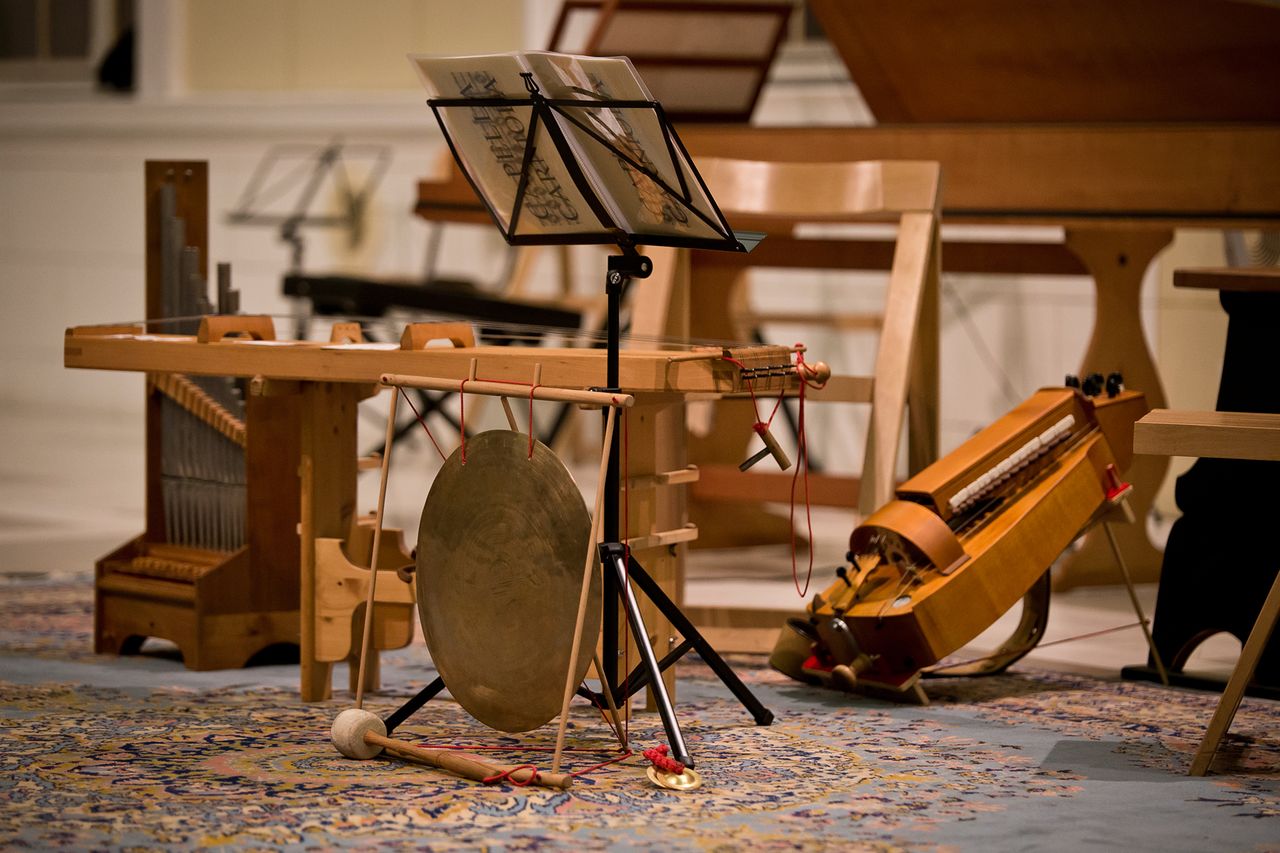 Early music instruments showcased at the European Day of Early Music event, held annually on 21 March at the National Museum of Slovenia. Organized by Ars Ramovš, the event was part of the Seviqc festival in 2013.
Early music instruments showcased at the European Day of Early Music event, held annually on 21 March at the National Museum of Slovenia. Organized by Ars Ramovš, the event was part of the Seviqc festival in 2013.
The Seviqc Brežice Festival programme is aimed specifically at the public but also enjoys a notable reputation amongst professional music critics and audiences. Radio Slovenia records selected concerts of the Festival and since 1997 has also presented festival recordings throughout the year (Banchetto Musicale: Brežice after Brežice). One or two concerts a year are recorded for Slovenia's national television station. Several festival editions are available also on CDs.
Besides hundreds of prominent individual artists, the festival has since its beginning presented world recognised ensembles, such as: Accademia di Musica Antica Bolzano (IT); Accademia Daniel Israel (IL); Adel Singers (NO); Akademia Muzyczna w Krakowie (PL); Arcana ensemble (IT); Ars Antiqua Austria (AT); Capella Savaria (HU); Collegium Marianum (CZ); Dialogos (FR); Ensemble Cantilena Antiqua (IT); European Union Baroque Orchestra (GB); Helsinki Baroque Orchestra (FI); Het Barokorkest van het Koninklijk Conservatorium Den Haag (NL); Hrvatski barokni ansambl (HR); I Solisti di Cremona (IT); Komorni zbor RTV Slovenija (SI); La Stagione Frankfurt (DE); London Baroque (GB); Melande Amsterdam (NL); Musica Antiqua Köln (DE); Musica Antiqua Russica (RU); Stockholm Antiqua (SE); The Purcell Quartett (GB); Zarabanda (ES), Capella Carniola (SI), Nour Ensemble (IR), Accentus Austria (A), Les Ambassadeurs (F), etc.
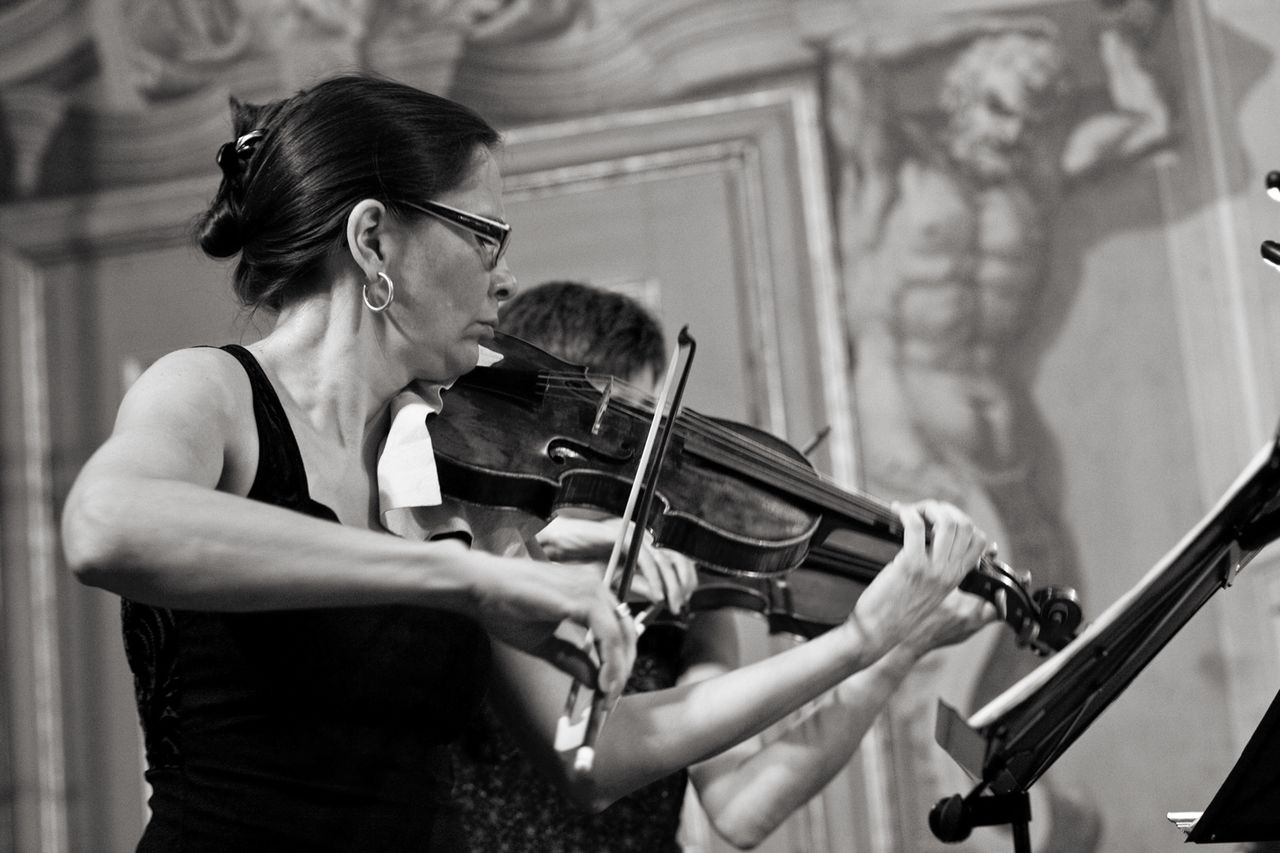 Accentus Austria performing 17th-century music at the Seviqc in 2013. The venue, Slovenska Bistrica Castle, was established by the Habsburgs in the 14th century but was later rebuilt. At the end of the 17th century, Franz Ignaty Flurer painted the Baroque illusionist frescoes.
Accentus Austria performing 17th-century music at the Seviqc in 2013. The venue, Slovenska Bistrica Castle, was established by the Habsburgs in the 14th century but was later rebuilt. At the end of the 17th century, Franz Ignaty Flurer painted the Baroque illusionist frescoes.
In 2015 the programme comprised musica cubicularis (SI), XVIII-21, Le Baroque Nomade (FR); Jean-Christophe Frisch (FR); Camerata Bachiensis (DE); Faenza (FR); Académie baroque européenne d’Ambronay (FR) & Radio Antiqua (NL); Concilium musicum Wien (AT); Ensemble Diatessaron (ES); Svetilen (RU); Edin Karamazov (HR); Amsterdam Corelli Collective (NL); Musica Aeterna (SK); Flanders Recorder Quartet (BE); Voces Suaves (CH), etc.
The festival regularly provides quite generous discounts on ticket prices (for students; people with low-income; families; members of various Slovene societies and associations; ticket-holders to other festivals such as Ljubljana Festival, Primorska Summer Festival). All the events taking place at church locations have free admission. Every concert is enriched by superb wine tastings and the occasional special event.
International cooperation
Since its inception in the 1980s the festival has incorporated international cultural elements that are still quite relevant today. Until 2008 the festival was organised in partnership with a national partner; previous partner countries were: Great Britain (2000); the Netherlands (2001); the Czech Republic (2002); the European Union (2003); the Netherlands (2004); France (2005 and 2008); Italy (2006); and Spain (2007). The festival continues to cooperate with different European countries and their embassies.
The festival is also a member of REMA (Réseau Européen de Musique Ancienne), the European Early Music Network. Radio Slovenia regularly exchanges festival recordings via the European Broadcasting Union (EBU).
The festival producer Ars Ramovš has been involved in several European partnerships and projects, for instance in the PurPur - the European Sound Interchange and its sequel PurPur - the European Opera Sound, and since 2014 in eeemerging, a Creative Europe large-scale project to support young early music ensembles, led by Ambronay Cultural Encounter Centre (FR).
See also
External links
- Seviqc Brežice Festival website
- A map of Seviqc Brežice Festival locations
- The 2015 programme
- REMA (Réseau Européen de Musique Ancienne/European Early Music Network) website (in French and English)
- The Seviqc channel on YouTube



